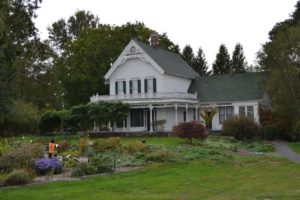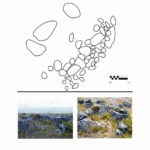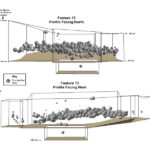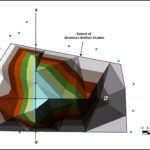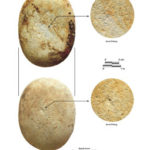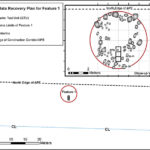AINW assists clients with an integrated approach for cultural resource project compliance at the federal, state, and local levels. AINW’s depth of experience helps clients navigate the often times complex regulatory landscape which is governed by:
- Section 106 (National Historic Preservation Act)
- National Environmental Policy Act (NEPA)
- Department of Transportation Section 4(f)
- State regulatory compliance requirements, including SEPA
- Local regulatory compliance requirements, including archaeological predeterminations
- Columbia River Gorge National Scenic Area Management Plan
AINW’s team of skilled professionals meets or exceeds the Professional Qualification Standards of the Secretary of Interior’s Standards and Guidelines for Archaeology and Historic Preservation. Our highly qualified professionals are supported by other full-time staff that specialize in document and graphics production, laboratory processes, mapping, and Geographic Information Systems (GIS) data analysis.
AINW also provides the following range of studies:
Cultural Resource Studies
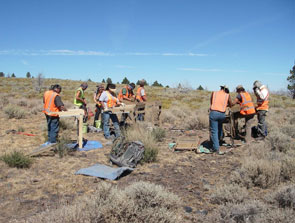
- Cultural resource inventories, overviews, and planning documents
- Historic structures inventories
- Records Reviews
- Management Plans
- Ethnographic Studies
- Native American coordination, collaboration, and assistance with consultations
- Compliance documents
- Memorandum of Agreements (MOA)
- Programmatic Agreements (PA)
Archaeological Services

- Surveys and inventories
- Reconnaissance
- Archaeological surveys
- Site testing and evaluation
- Data recovery excavations
- Site treatment plans
- Management plans
- Monitoring plans
- Construction monitoring and emergency archaeology
- Human osteology
- Faunal analysis
- Laboratory processing, records, data, and artifact curation
- Archaeological monitoring of construction
- Historical artifact identification
- Underwater Archaeology
- Lithic Technology
- Blood Residue Analysis
- Graphics/GIS
Architectural History and Historical Services
- Architectural History
- Historic resources surveys
- Historic properties treatment plans
- Determinations of National Register of Historic Places (NRHP) eligibility
- Findings of effects documentation
- Mitigation documentation
- HABS/HAER documentation
- Large format photography
- Federal tax incentive programs for income-producing buildings eligible for NRHP listing
- Historic Research
- Historic contexts
- Archival records review
Additional Services
Blood Residue Analysis
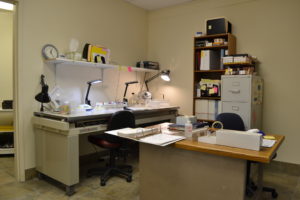
Blood Residue Analysis Laboratory
AINW’s blood Residue Analysis Laboratory was established in 1990. The residue analysis laboratory has analyzed artifacts from: Arizona, Arkansas, California, Colorado, Florida, Georgia, Illinois, Idaho, Kentucky, Louisiana, Maryland, Mississippi, Missouri, Montana, Nevada, New Mexico, New York, North Carolina, North Dakota, Ohio, Oklahoma, Oregon, South Carolina, South Dakota, Texas, Utah, Washington, West Virginia, Wisconsin, and Wyoming. In addition, the residue analysis lab has analyzed international projects from the United Arab Emirates, Belgium, British Columbia, and Ontario, Canada; Yucatan, Mexico; Jordan, Chile, and Peru.
Residue Analysis Procedures
Your artifacts will be protected in our highly secure and electronically monitored facility. The Residue Analysis Laboratory at AINW uses the technique of cross-over immunoelectrophoresis (CIEP), to analyze surface residues extracted from stone tools and other artifacts.
The accuracy and usefulness of the CIEP technique was well established in forensic medicine before being adapted for archaeological applications. Forensic grade antisera are used by our laboratory.
The testing involves several steps from extraction of the liquid sample from the artifact, testing controls of known blood sera, and repeat analysis of positive reactions to confirm the positive results. The normal turnaround time is 30 days.
AINW provides a Residue Analysis Order Form showing residue testing options that may be selected when ordering a residue analysis study. Feel free to call John L. Fagan to discuss an appropriate approach prior to placing your order.
Each of our Residue Analysis Reports includes:
- A letter report summarizing the results.
- Lists of the artifacts tested
- The types of antisera used.
- A brief description of what kinds of animals selected antisera may be expected to represent
- A description of the artifacts with positive reactions, if any.
- A brief description of our testing and storage procedures.
- A chart of the results.
- A standardized, more detailed report with description of the laboratory methods and procedures for each project.
- Reports are provided in paper or electronic formats (PDF).
Recommended Handling
We recommend that artifacts submitted for analysis be minimally handled to avoid possible contamination. Ideally, artifacts should be placed into sealable plastic bags without being handled. For artifacts from subsurface contexts we recommend that 0.25 grams (a “pinch” using a trowel) of sediment in close proximity to the artifact be submitted as a sample for analysis in addition to the artifact to provide verification that the residue is from the artifact and not the soil. We have had good results on artifacts from both surface and subsurface contexts and from curated museum collections.
Residue Analysis Order Form
Graphics/GIS Department
AINW’s Graphics/GIS (Geographic Information Systems) personnel are highly skilled and experienced in the use of ESRI ArcGIS Suite, CorelDraw Suite, and AutoCAD LT technologies. Our Graphics/GIS personnel are also proficient with other essential in-house resources that include historic maps, LIDAR imaging, aerial imaging, Trimble GPS and TDS data, and electronic quadrangle maps for all northwest states.
Using this array of technology, AINW’s Graphics/GIS team produces a wide range of graphic content, such as:
- Site maps
- Plot and site plans
- Stratigraphic profiles
- Data overlays
- Historic map overlays
- Architectural sketch plans
- Artifact photos and images
- Historic photos
- Archaeological feature diagrams
- GIS spatial analysis
- Other essential report graphics
In addition, AINW’s Graphics/GIS team creates computer-generated maps that are geospatially accurate and work in conjunction with state of the art Trimble GPS and Total Station Equipment.
Historical Services
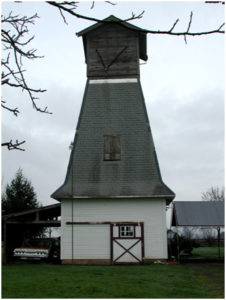 AINW’s historians and architectural historians guide clients through the documentation, assessment, evaluation, and recommendations for your historical resources. We help with determining the historical significance and integrity of buildings, structures, landscapes, districts, roads, and sites. We offer National Register of Historic Places eligibility recommendations as well as guidance on mitigation. AINW’s historical department consists of specialists in historic archaeology, architectural history, and history.
AINW’s historians and architectural historians guide clients through the documentation, assessment, evaluation, and recommendations for your historical resources. We help with determining the historical significance and integrity of buildings, structures, landscapes, districts, roads, and sites. We offer National Register of Historic Places eligibility recommendations as well as guidance on mitigation. AINW’s historical department consists of specialists in historic archaeology, architectural history, and history.
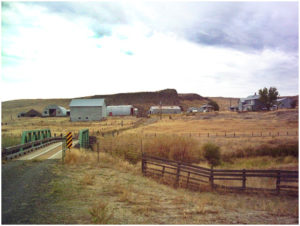

Lithic Technology
With over 80 years of combined experience in lithic analysis, AINW helps clients address specific research questions about lithic technology and in formulating research designs.AINW’s specialists produce museum quality artifact replication for interpretation of ancient technological activities.AINW teaches classes in lithic technological analysis and flintknapping.
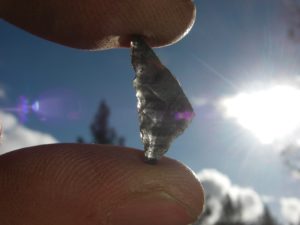
Lithic Technology Staff
John L. Fagan, Ph.D., (AINW Vice President) has been conducting lithic analysis studies and teaching lithic technology workshops since the mid-1960s. John studied under Don Crabtree, a pioneer in the field, and has worked with numerous other experts. John has published extensively, and is on the editorial board of the journal Lithic Technology.
Terry Lee Ozbun, M.A., (AINW Senior Archaeologist) studied lithic technology under Dr. Jeffrey Flenniken and was awarded the Crabtree Memorial Scholarship in Lithic Technology during graduate studies at Washington State University. Terry has published articles and taught classes in lithic technological studies for over 20 years.
Lithic Analysis Services
AINW offers standard and specialized analyses of stone tools and debitage. AINW works with clients to identify a scope of services suited to their needs, schedule, and project budget. We can perform analyses to address specific research questions or help you to develop a research design. We can assist with sampling and selection of analyses techniques. The types of analysis available, individually or in combination, include identification and evaluation of the following:
- Lithic raw materials
- Manufacturing techniques
- Stages of reduction
- Tool use-wear
- Recycling of tools and debitage
- Rejuvenation
- Disposal patterns

Obsidian Hydration Dating Analysis
Obsidian Hydration Dating Order Form
Obsidian Hydration Dating Analysis Service
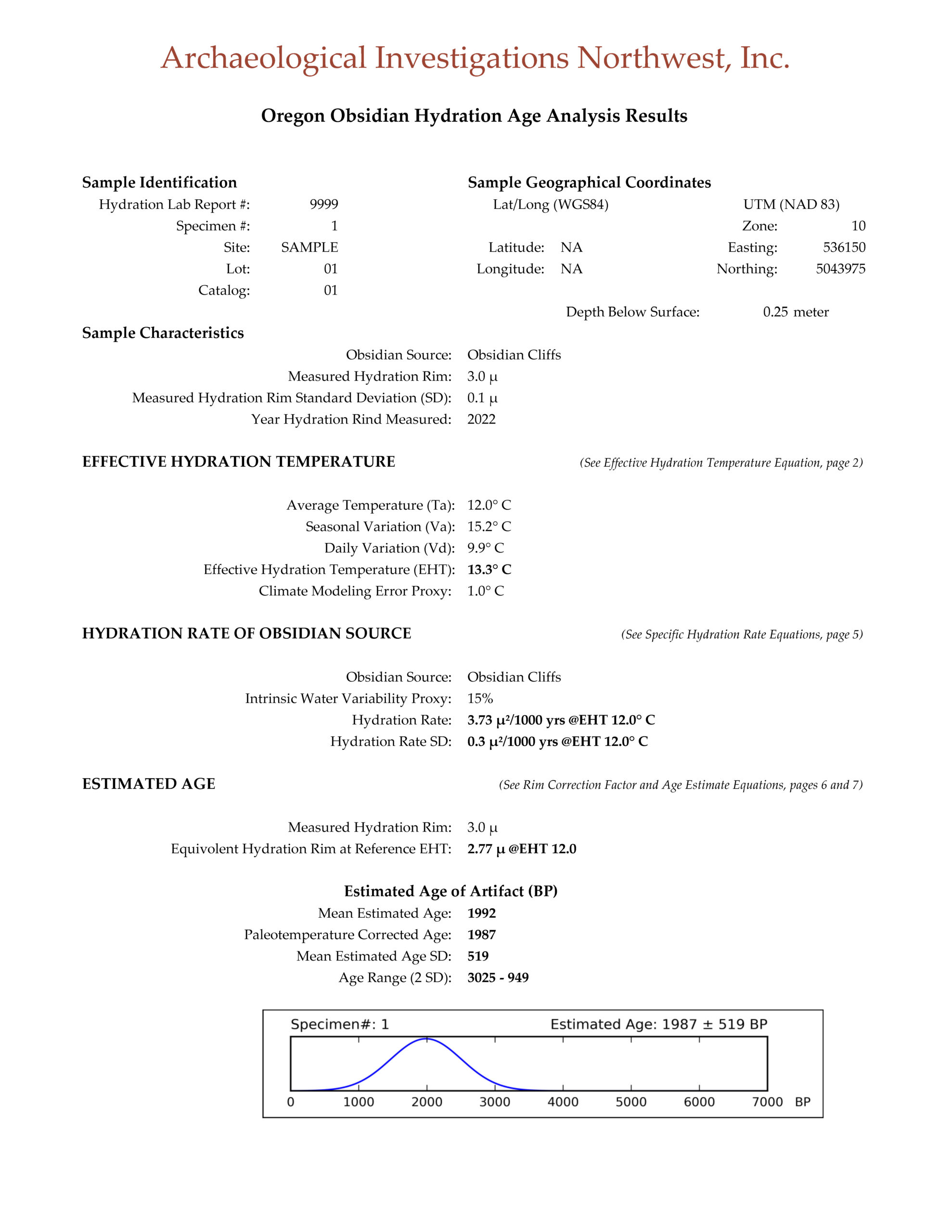 AINW offers age estimate analyses for obsidian artifacts recovered from Oregon and parts of southwestern Washington. Chronological assessment of hydration rinds or rims which develop on obsidian artifacts is a way to date artifacts directly rather than through associated deposits. Our obsidian hydration dating analysis employs groundbreaking techniques developed by physicist/archaeologist Alexander (Sandy) Rogers and colleagues to calculate mean estimated ages with standard deviations.
AINW offers age estimate analyses for obsidian artifacts recovered from Oregon and parts of southwestern Washington. Chronological assessment of hydration rinds or rims which develop on obsidian artifacts is a way to date artifacts directly rather than through associated deposits. Our obsidian hydration dating analysis employs groundbreaking techniques developed by physicist/archaeologist Alexander (Sandy) Rogers and colleagues to calculate mean estimated ages with standard deviations.
Dating Analysis Procedures
Atmospheric water diffuses into volcanic glass or obsidian over time to form a microscopic rind or rim that thickens with age. Obsidian hydration age estimate analysis performed by AINW uses optical measurements of geochemically sourced obsidian hydration rims in conjunction with high-resolution meteorological data, and source-specific hydration rates to estimate the age of obsidian artifacts. A detailed methodology of the technique can be found here.
Submitting Data for Obsidian Hydration Dating Service
Most obsidian hydration labs provide optical measurements of hydration rim thickness but do not calculate age estimates. AINW’s age estimation service provides dates based on applying appropriate effective hydration temperature and source-specific hydration rates to the data you submit. The AINW service returns a report and data sheets that list all of the relevant information and dates estimated with standard deviations.
Obsidian Hydration Dating Order Form
Standardized pricing for this service has not yet been established and varies depending on the number of dates needed and the obsidian sources represented. Call or email AINW to discuss your project and to get a quote for the service you need.
If you need help obtaining obsidian geochemical source identification and obsidian hydration measurement, AINW can assist with that. We typically use Northwest Research Obsidian Studies Laboratory/Willamette Analytics for these services.
AINW can also provide detailed technological information useful in selecting sample locations for hydration rim measurements and in interpreting the results. This requires submittal of artifacts to AINW for examination.
Please direct questions about the Obsidian Hydration Dating Analysis Service to the following staff:
Obsidian Hydration Age Analysis Staff
Terry Lee Ozbun, M.A.. R.P.A., (AINW Senior Archaeologist)
Jason A. Cowan, M.A., R.P.A., (AINW Senior Archaeologist)
